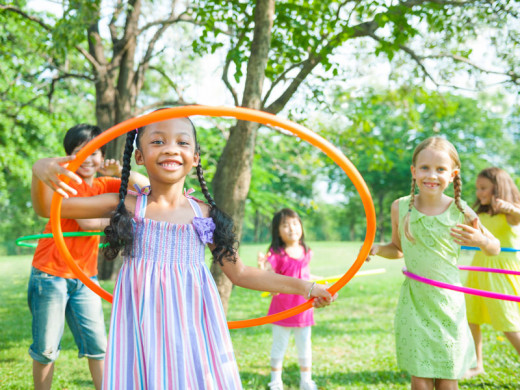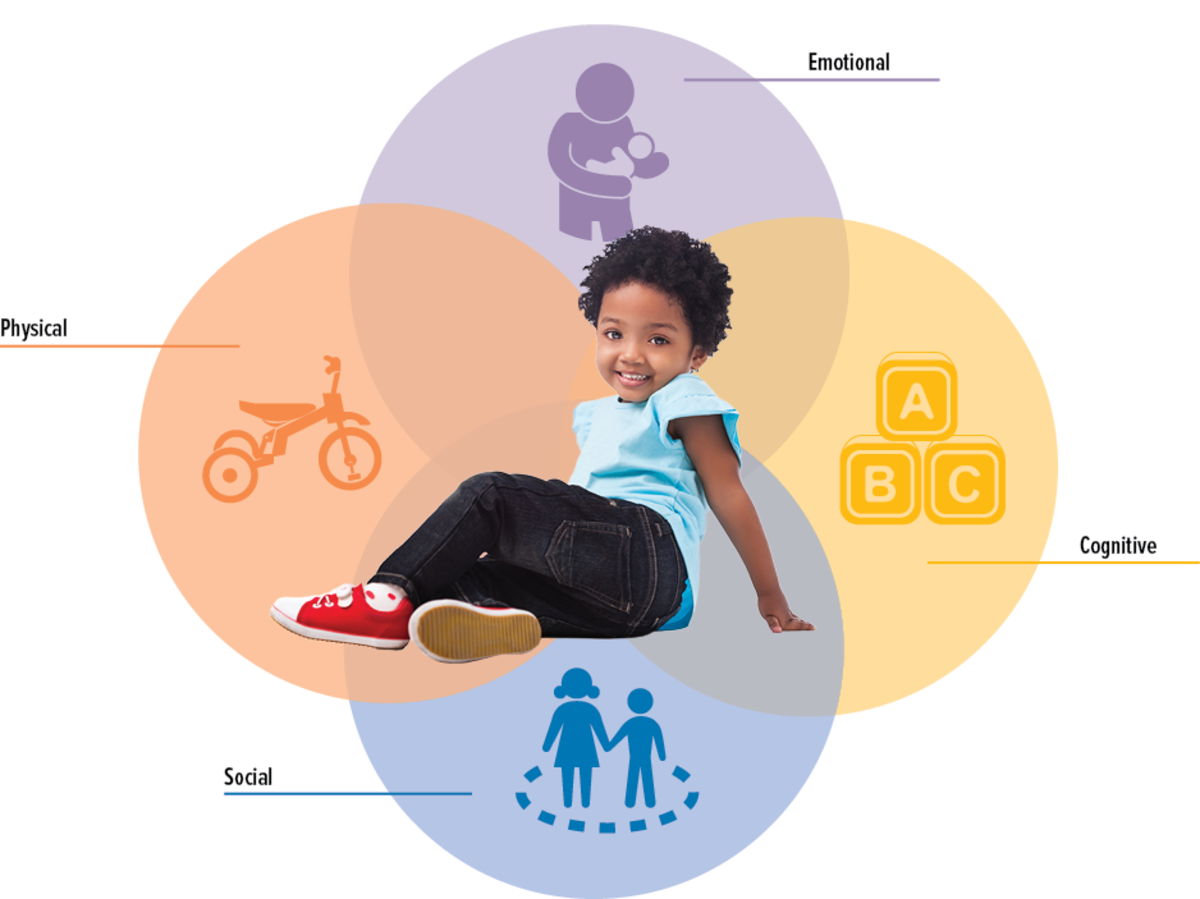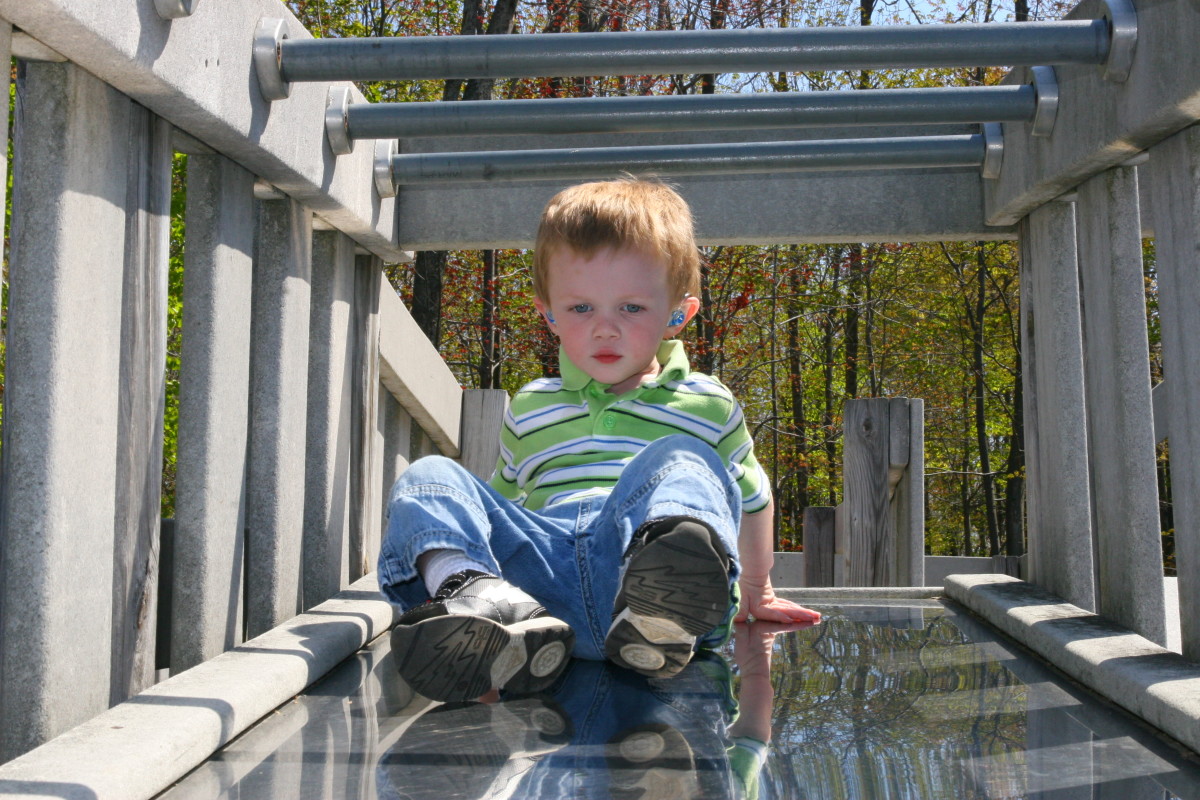How to Manage Safety Concerns for Children During Play

Introduction
Parents and caregivers ought to understand that children and other young individuals require opportunities to engage and create in a beneficial risk-taking within the levels of risk that are acceptable. According to the health and safety professionals, play is an important element in the lives of children. This is because; it gives them opportunities to learn on how to manage risk in their day-to-day encounters. It is also true that most parents would want to help their children to become as intelligent as they could be. This intelligence is many dimensions, notably, visual spatial, verbal, musical, athletic, and emotional intelligence. This means that parents and caregivers need to give their children “space” and opportunities to achieve this intelligence and be able to learn on how to manage risks. This would therefore, require exposition of these children to some kind of risks.
There is strong evidence, which suggests that play is not only important for a happy childhood, but it is also required in skill development that is crucial for life success. It is common to see children and young people to want to play outdoors. In addition, children also want better and bigger play areas with varied, exciting and challenging activities, and equipments that are available to them. However, parents and caregivers have been concerned on how to encompass the fitting level of risk in their play provisions through balancing risks and benefits. It should be considered that appropriate balancing of risks against the anticipated benefits will enable children to exercise their right play in a more satisfactory settings. Parents also need to understand that it may not be possible to make all things completely safe. Rather, a balance is required between risk and fun. They therefore, need to strike a balance in protecting safeguarding their children from harm and at the same time giving them freedom to develop autonomy and learn risk management. The purpose of this paper is twofold, discussing on the need for parents to offer their children play opportunities despite the risks, as well as offering tidbits on how parents and caregivers can leverage such risks.
Types of Risks Exposed to Children While Playing
Risk taking in children is doing things that may endanger their health or lives, but which may also post positive consequences on them. Risk taking may come naturally for some children. Such children take risks without realizing it because they are naturally adventurous. When children play, they go from what is familiar and boring to them to what is engaging, exciting, new, and uncertain. Hence, risk taking is at the core of children’s play. As children continue to develop, their focus in play becomes more socially oriented. However, they continue to develop a desire for challenges and risk activities. In this sense, they expect to be allowed to take more responsibilities in managing their own safety.
Among such risks are accidents, which are the major kind of risks which children are exposed to while at play. In essence, accidents are the most common form of deaths especially for children with over one year. Accidents have also been described as the lead cause for many children being disfigured, and disabled. Indeed, millions of children per year experience indoor and outdoor accidents, which results to them being taken to emergency and accident units. Other accidents, especially minor ones end up being treated by parents and caregivers. Children that are between 0-4 years are the ones, which are most risky. Falls are another form of accidents in the category of non-fatal accidents. Fire is also another common form of accidents, which causes a high number of deaths among children. Contact with fires, curling tongs, cookers, irons, cigarette, hair strengtheners, matches, lighters and hot surfaces can make children suffer burns. Scalds are caused by exposition to hot drinks. Hot water is another common cause for scalds.
There are also cases of poisoning where children consume medicines, cosmetics, household products, and other drugs. Some of these poisons may lead to health issues, and even death. Children can also choke, swallow, or inhale items such as peanuts, small toys, and marbles and so on while playing.
These types of accidents mostly occur for children because they become absorbed in their own interests and not obvious on their surroundings. Their perception on their immediate environment is particularly limited since they are not experienced. Further, they are unaware on the consequences of the new circumstances and situations that they encounter on a daily basis.
The Need for Parents and Caregivers to Offer their Children Play Opportunities
There is strong evidence which suggests that play is not only important for a happy childhood but is also required in skill development that are crucial for life success. It is common to see children and young people to want to play outdoors. In addition, such children also want better and bigger play areas with varied, exciting and challenging activities and equipment that are available to them. However, parents and caregivers have been concerned on how to encompass the suiting level of risks in their play provisions through balancing risks and benefits. It should be considered that appropriate balancing of risks against the anticipated balancing will enable children to exercise their right play in a more satisfactory settings. Parents also need to understand that it may not be possible to make all things completely safe. Rather, a balance is required between risk and fun. They therefore, need to strike a balance in safeguarding their children from harm, and at the same time giving them freedom to develop autonomy and learn risk management.
Trying to eliminate all risks or “wrapping children in cotton wool” in fear of litigation will negatively affect the play opportunities for children. In addition, it hampers their freedom of exploring and discovering the world, which is an important element in relation to their age. The assumption that the challenge and uncertainty commonly associated with children’s play constitutes a large part of their appeal as well as enhancing their brain development. This also assists them to be more adaptable and resilient as they continue to grow.
Parents and caregivers are thus advised to allow some risks when children play while at the same time offer some level of safety while the children are playing. According to the authors, parents need to understand that it may not be possible to make all things completely safe. Rather, a balance is required between risk and fun. They therefore, need to strike a balance in safeguarding their children from harm and at the same time giving them freedom to develop autonomy and learn risk management.
Children occasionally seek out chances of testing themselves and develop their capabilities. Owing to these, they are eager and inquisitive on everything they tend to see around them. This would make them to be vulnerable on various types of risks in their environment. Further, adventurous play has the potential of assisting the children learn on how they can manage their day-to-day risks, which they encounter in the play field. Although there are some people who would argue that for children to be allowed to play outside, and as much as they would like, the environment need to be made friendly to them. However, it should be noted that an effective play environment need to be one which is self directed and challenging on a daily basis.
Children would effectively relate with others, and learn about new developments in a variety of settings and not in one particular setting. These include homes, various playgrounds, neighborhoods, the wider community, schools as well as other formal and information settings. There is expectation that in each setting, children will be learning on how to adjust their behavior accordingly. The behavior of others in such settings could also provide clues on how they ought to behave in particular situations. The authors continue to post that it is necessary for these children to adapt themselves in different and changing social contexts as well as pick implicit clues on such changes.
In order to allow child play to make its contribution in child learning, well being and development, parents and caregivers ought to allow these children to make their own choices concerning play. The play context should reflect the various interests of children who want to use that particular space. Further, it should also be inclusive, that is, catering for all the physical and health conditions of different children. The assumption that children’s play stations need to be made friendly is therefore, not logical as we have noted that they need different contexts and environment for growth, learning and development.
Risk taking is important within the lives of children. The established patterns in a particular kind of life have a likelihood of being transferred to others. If people were interested in developing enterprise as well as growing the economy, it is imperative to ensure that as children grow, they also develop an understanding concerning risk, and how to effectively cope with them.Overprotection of children deprives them of the chance of acquiring and developing this vital knowledge and skills. The authors go on to post that limiting risk exposure to children will make them to miss out on risk taking, excitements, and satisfaction that may be achieved in such experiences. The author’s report recommends parents, and caregivers to ensure that their children are given opportunities of making their own choices in regard to risk taking as long as they are able to do so.
In many cases, there has been confusion over application of workplace risk management in children’s play and other settings. Although the basic aim of safety and health in workplace setting is to reduce risks, such principles must be modified in the setting of child play. This is because, the focus in child play is provision of a variety of experiences, some of which must involve risk taking and challenges. Away from using industry standards, parents and caregivers ought to apply safety and health standards that are applicable on their local play and in reference to the needs of the particular children. Health and safety in workplace settings is focused on adults who have already grown, hence cannot be applied in the context of children.
Fear by some parents on whether to expose their children to risk situation is apparent. This has been cited as the major reason as to why many of the parents and caregivers are not willing to expose their children to risky play opportunities. However, many parents are still knowledgeable on the aspect that their children need to learn on dealing, and managing different types of risks as they grow up. Other parents also encourage their children to take up greater risks that they would without such a push.
How Parents Should Deal With Safety Issues for their Children’s Play
Children are eager to take risks while playing, and that parents need to provide their children with stimulating, and challenging environment. However, it is also crucial for such parents and guardians to ensure that their children are not exposed to unacceptable level of risks that may result into severe injury or even death. Children need to be given a hundred percent protection in birth. As they continue to grow older, they need to be educated and be less protected, until they are old enough to protect themselves. They also have responsibilities of assessing, and managing the risks which these children are exposed to. The opportunities so given by the caregivers need to be controlled in such a way that they are allowed to encounter and manage various types of risks. Without parental control, children may end up playing in environments that have unacceptable level of risks. It is the role of caregivers to ensure that harmful substances and medicine are kept out of children’s reach.
Parents and caregivers have some expectations of their children with regard to gender roles, for instance, some would try to find toys for boys and girls respectively. It is the role of the parent to educate their children on behavior and norms that are socially accepted in order to help them conform the given culture. This is irrespective of whether such behaviors run parallel to the children’s talents and interests. However, there is a need for such a parent to carefully weigh his or her otherwise well intentioned efforts in promoting conformity, against what the child needs to feel comfortable and good. Moreover, it is the responsibility of parents to assist their children accepts their identity irrespective of what they exhibit is contrary to expectations. In essence, it would not be prudent for caregivers to force their children into the current or traditional gender behavior. Instead, it would be good if they helped them to develop their own potential. They should not be too much concerned on whether the children’s strengths or interests coincide with gender roles that are socially accepted. They should let them develop in their own ways.
In many instances, disabled children have to suffer with their condition in the absence of appropriate correspondence between their body and the mind. This condition also becomes a challenge for parents, and caregivers themselves. Some of these children may be violent since they may not understand the right method to express themselves on what they actually need or how they feel. Further, some of these children may not be able to do things, which normal children perform with ease. As a parent, caretaker or teacher it is imperative to resort to thoughtfulness or calmness. What these people should also understand is that such children have also rights and deserve the same kind of lifestyle which normal children are subjected to. Disabled children have the right to read, play, and be allowed to do anything that the child is capable of.
Concerning ethnicity and racial matters, it is apparent that race or ethnicity have been widely used in distinguishing people of different cultures. Children do experience an awareness of racial or cultural differences as early as 2-3 years in age, depending on their exposition. They may as well be aware on the power differences between, and among different cultural or racial groups, hence they would feel inferior or superior while in certain ethnic or racial groups depending on how they are raised up by the parent. It is the role of the parent or caregiver to instill a positive self-esteem on their children by educating them on cultural history values, relation with other cultures, and the need to respect other cultures. How a child develops a positive self-esteem in the knowledge of the difference of his or her ethic group is a crucial development aspect for all children, irrespective of their ethnic affiliation.
Conclusion
Play is necessary and crucial element with regard to child development. In most cases, children will find a way to play. In recent perspectives, it has been presumed that many childrens especially in developed nations are no longer active in the fields. This is because they spend much time in watching televisions, playing computer games and so on. Many things, which may be within and beyond the control of children and caregivers involved, may influence children’s play. Some of these factors include economical, social and material circumstances of the child or his/her family. Parents and caregivers have however, a responsibility in supporting their children in play. They can do this by allowing these children to choose an environment of their choice, giving them companions to play with, finding them space, and time to play. Though children can be relied, concerning their motivation and means of play, parents and caregivers have to understand their obligation of not only ensuring that they are protected against imminent dangers and risks, but giving them the necessary space and time to play.








